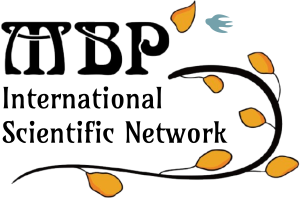MBP International Scientific Network
Magdalena ROWINSKA-ZYREK
researcher
Research Activities
My group aims to understand the correlation between the coordination mode, thermodynamic stability, structure and mechanism of action of antimicrobial peptide (AMP) complexes with metal ions.
We focus on the bioinorganic chemistry of selected AMPs, compare these data with the results of antimicrobial activity of Zn(II)/Cu(II)-AMP complexes, and form exciting hypothesis about the relationship between the structure and stability of the metal-AMP complex and its mode of action and efficacy – very often, metal ions affect the charge/structure/morphology of AMPs). We have recently been occupied with shepherins, histatins, semenogelins, calcitermin, clavanins and piscidins.
Peptidic metallophores are another exciting topic that is interesting for us. A potentially new class of drugs, Specifically Targeted AntiMicrobial Peptides, is based on two domains: the AMP and the target domain connected by a linker (presumably a zincophore fragment). We have recently identified Zn(II) binding sites on Aspergillus fumigatus and Candida albicans, concluding that the short C-terminal zincophore regions have the highest affinity for Zn(II), and are most likely the region that is responsible for Zn(II) transfer.
Expertise
I have experience in solution thermodynamics of metal-peptide complexes; technique-wise; we use potentiometry ITC MS fluorescence NMR CD UV-Vis EPR spectroscopy to establish metal binding sites in proteins and peptides.Research Areas
Metal-binding Peptides in HealthAffiliations
- The Biologically Active Metallopeptides Group – University of Wrocław Wrocław, Poland
